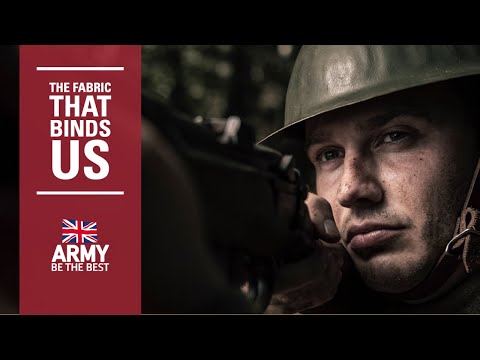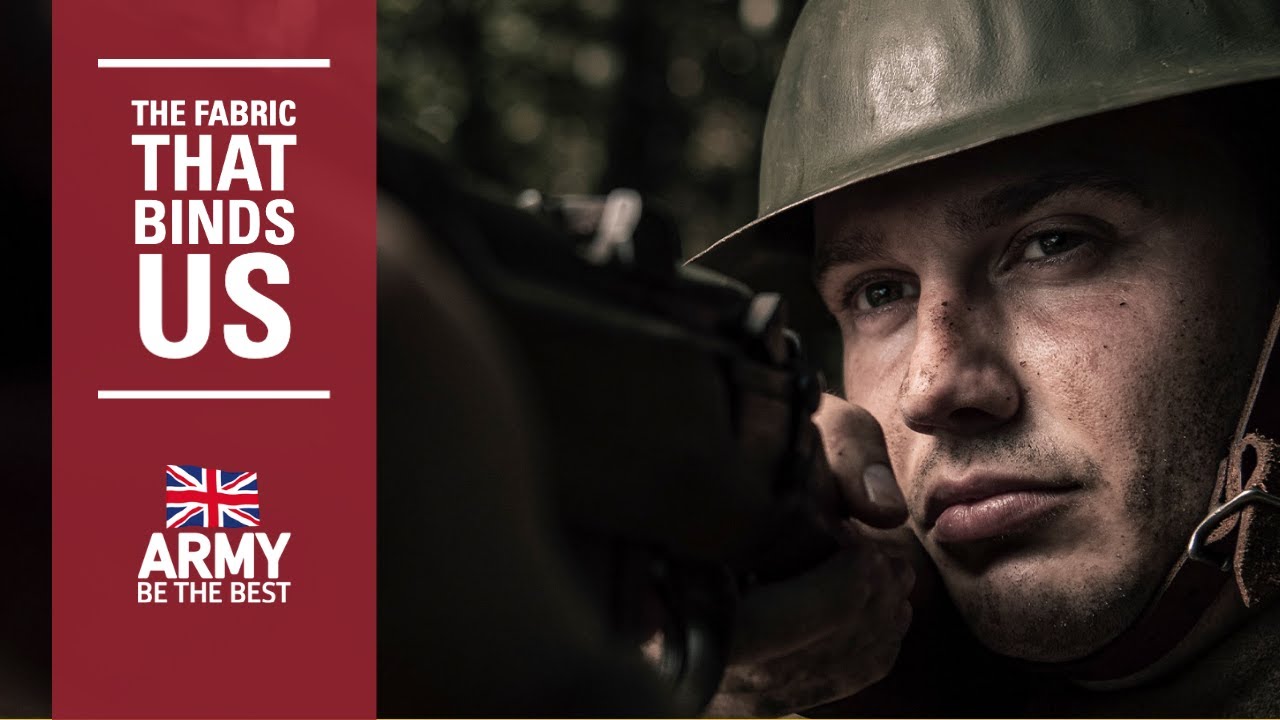Discover the incredible power and versatility of army fabric as you embark on a journey into the world of military-grade textiles. Designed to withstand the harshest conditions and endure the toughest challenges, this fabric is engineered to protect and empower those who wear it. With its exceptional durability, army fabric ensures that you can conquer any terrain, whether it be a scorching desert or a dense jungle.
Crafted with precision and expertise, this fabric exemplifies strength, resilience, and adaptability. Its innovative composition combines cutting-edge technology with time-tested materials, resulting in a textile that is both lightweight and impenetrable. Feel the confidence surge through your veins as you don the army fabric and embark on your own personal mission.
Not only does this fabric provide unparalleled protection, but it also offers supreme comfort. Its breathability keeps you cool in hot climates, while its moisture-wicking properties ensure you stay dry even during intense physical exertion. Experience the freedom of movement granted by army fabric, allowing you to tackle any obstacle with ease.
Whether you’re an adventurer seeking the ultimate gear or a fashion enthusiast craving edgy and functional attire, army fabric will undoubtedly captivate your senses. Its rugged yet stylish aesthetic makes it a standout choice for those who value both form and function. Embrace the spirit of resilience and embark on your own personal conquest with the remarkable army fabric.

The Evolution of Army Fabric: A Closer Look at Military Textiles
When it comes to military equipment, durability and functionality are of paramount importance. This is especially true for army fabric, which plays a crucial role in protecting soldiers in various operational environments. Over the years, there have been significant advancements in military textiles, resulting in fabrics that are stronger, lighter, and more technologically advanced than ever before. In this article, we will explore the evolution of army fabric and the key characteristics that make it an essential component of modern military gear.
Fiber Selection: From Natural to Synthetic
The first step in developing high-quality army fabric is selecting the right fibers. In the early days, natural fibers such as cotton and wool were commonly used, but their limitations soon became apparent. These natural fibers were heavy, absorbed water, and had poor resistance to fire and abrasion. However, with the advent of synthetic fibers, such as nylon and polyester, military textiles underwent a significant transformation.
Synthetic fibers revolutionized army fabric by offering enhanced strength, durability, and resistance to environmental factors. Nylon, for example, is known for its exceptional tear and abrasion resistance, making it ideal for applications that require toughness. Polyester, on the other hand, offers excellent moisture-wicking properties, keeping soldiers dry and comfortable in challenging conditions.
Advanced Coating Technologies for Increased Protection
To further enhance the performance of army fabric, advanced coating technologies have been developed. These coatings provide additional protection against water, chemicals, UV radiation, and other hazards soldiers may encounter in the field. One of the most widely used coating techniques is polyurethane (PU) coating, which creates a waterproof barrier while maintaining breathability.
Another notable coating technology is flame-retardant coatings, which significantly reduce the risk of fire-related injuries. These coatings are essential for soldiers operating in potentially explosive environments, where fire safety is paramount. Additionally, infrared (IR) reflective coatings are used to enhance camouflage capabilities by reducing the heat signature emitted by the fabric.
Specialized Fabrics for Specific Environments
Military operations often require soldiers to operate in extreme environments, ranging from arctic cold to scorching heat. To address these specific needs, specialized fabrics have been developed.
Aramid fibers are widely used in cold weather gear due to their excellent insulation properties. Aramid fibers, such as Kevlar, provide exceptional warmth without adding excessive bulk, making them ideal for layering systems in frigid conditions.
On the other end of the spectrum, moisture-wicking fabrics have become essential for hot and humid environments. These fabrics, often made from polyester or nylon blends, help evaporate sweat quickly, keeping soldiers cool and dry during intense physical activities.
Smart Textiles: Combining Fabric and Technology
In recent years, the integration of fabric with cutting-edge technology has led to the emergence of smart textiles. These fabrics are embedded with sensors, actuators, and electronic components, allowing them to perform various functions beyond conventional fabrics.
One example of smart textiles is body temperature-regulating fabrics. These fabrics utilize conductive fibers and sensors to monitor the wearer’s body temperature and adjust accordingly. In cold weather, the fabric can generate heat to keep the soldier warm, while in hot weather, it can activate cooling mechanisms to prevent overheating.
Another application of smart textiles is impact-resistant fabrics. By incorporating shock-absorbing materials and sensors, these fabrics can detect impact and disperse force, reducing the risk of injuries from falls or explosions.
The Future of Army Fabric: Advancements on the Horizon
The development of army fabric continues to advance at a rapid pace, with ongoing research and innovation driving future improvements. Some of the key areas of focus for future developments include:
– Nanotechnology: Integration of nanoscale materials into fabrics to enhance properties such as strength, durability, and resistance to environmental factors.
– Biodegradable Fabrics: Exploration of eco-friendly materials that can reduce the environmental impact of military textiles.
– Energy Harvesting: Development of fabrics capable of harnessing and storing energy, potentially powering electronic devices worn by soldiers.
The evolution of army fabric has come a long way, from natural fibers to high-tech smart textiles. As technology continues to advance, military textiles will play an increasingly vital role in ensuring the safety and effectiveness of our armed forces.
“Unbreakable Threads: A Tribute to the British Army’s Enduring Bond”
Army Fabric
Army Fabric
| Fabric Type | Composition | Features |
|---|---|---|
| Nylon | 100% Nylon | Nylon fabric is widely used in military uniforms due to its exceptional durability and resistance to abrasion. It offers excellent tear and puncture resistance, making it ideal for rugged outdoor activities. Additionally, nylon fabric is quick-drying and highly breathable, allowing moisture to escape and keeping the wearer comfortable even in challenging environments. |
| Ripstop | 65% Polyester, 35% Cotton | Ripstop fabric is specifically designed to prevent small rips and tears from spreading. It is a popular choice in army uniforms as it enhances the durability and longevity of the garment. Ripstop fabric is lightweight, quick-drying, and offers excellent resistance to wear and tear, making it ideal for high-intensity activities encountered by military personnel. |
| Gore-Tex | Various Combinations | Gore-Tex fabric is a waterproof and breathable fabric that provides exceptional protection from harsh weather conditions. It is commonly used in army jackets and outerwear, as it allows perspiration to escape while keeping the wearer dry and comfortable. The fabric is highly durable and offers excellent resistance to wind and abrasion, making it suitable for prolonged outdoor use. |
| Polyester/Cotton Blend | 50% Polyester, 50% Cotton | Polyester/cotton blend fabric is a versatile choice for army uniforms. It combines the durability of polyester with the comfort and breathability of cotton. This fabric is known for its strength, resistance to wrinkles, and colorfastness. It is easy to care for, quick-drying, and provides excellent moisture management, ensuring the wearer’s comfort in various climates. |
| Flame-Resistant | Various Combinations | Flame-resistant fabric is crucial in military applications where exposure to fire or intense heat is a concern. These fabrics undergo special treatments to make them self-extinguishing and minimize the risk of burn injuries. They are designed to withstand extreme temperatures and provide valuable protection to military personnel operating in hazardous environments. |
As an expert in army fabrics, understanding the properties and characteristics of various fabric types is essential. Nylon fabric is a go-to choice for military uniforms due to its exceptional durability and resistance to abrasion. Its tear and puncture resistance make it an ideal option for demanding outdoor activities. Additionally, nylon fabric is quick-drying and highly breathable, ensuring optimal comfort even in challenging environments.
Ripstop fabric offers an enhanced level of durability and longevity to army uniforms. With its unique construction, it prevents small rips and tears from spreading, making it highly reliable during high-intensity military operations. The fabric is lightweight, quick-drying, and exhibits excellent resistance to wear and tear, further solidifying its popularity among military personnel.
Gore-Tex fabric, known for its waterproof and breathable properties, is a staple in army jackets and outerwear. It effectively shields soldiers from harsh weather conditions while allowing perspiration to escape, keeping them dry and comfortable. With exceptional durability, wind resistance, and abrasion resistance, Gore-Tex fabric is well-suited for prolonged outdoor usage in military settings.
The polyester/cotton blend fabric offers versatility and balanced performance in army uniforms. Combining the strength of polyester with the comfort and breathability of cotton, this fabric provides excellent durability, resistance to wrinkles, and colorfastness. It is easy to care for, quick-drying, and effectively manages moisture, ensuring optimal comfort for military personnel in diverse climates.
In military applications where exposure to fire or intense heat is a concern, flame-resistant fabrics play a critical role. These fabrics undergo special treatments to become self-extinguishing and minimize the risk of burn injuries. Designed to withstand extreme temperatures, flame-resistant fabrics provide invaluable protection to military personnel operating in hazardous environments.

